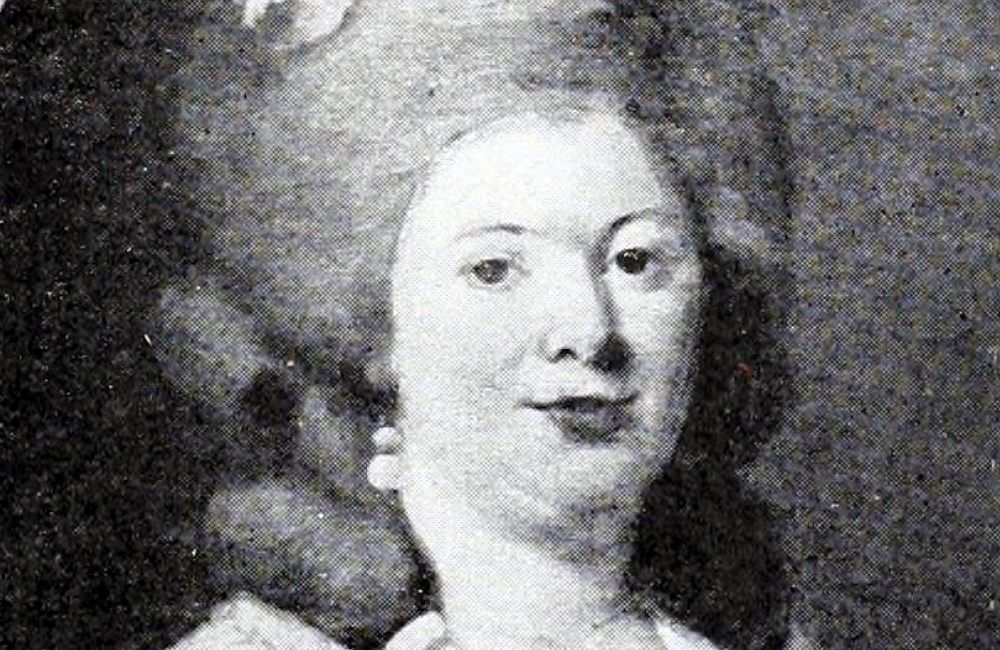
Rose Bertin: The First of the Celebrity Milliners
Although the history and use of hats goes back thousands of years for religious and protective wear, the millinery industry wasn’t established as a profession until the 18th century. The first famous milliner was the French fashion designer Marie-Jeanne Rose Bertin.

The above portrait of Rose Bertin is credited to Louis-Roland Trinquesse, date unknown.
Born in 1747, Rose Bertin moved to Paris at sixteen to begin a millinery apprenticeship with Mademoiselle Pagelle, a successful milliner with clients in the aristocracy. In 1772 she opened her own dressmaking and millinery shop, Le Grand Mogol, where she worked with clients from Versailles social circles of French nobility. In 1774 she would meet her most famous client, Marie Antoinette, the newly crowned Queen of France. Bertin soon became the monarch’s unofficial ‘Minister of Fashion,’ clothing her from 1770 until her deposition in 1792. For this reason, fashion historians often refer to Rose Bertin as the original celebrity fashion designer.
It was Rose Bertin and Marie Antoinette who are credited with starting the modern trend of fashion hats for women. Fashion hats had existed before, of course, but they were primarily for men. Together, the Queen and her trusted fashion advisor made a significant impact on the styles of the day and established Paris as the center for European fine fashion in the 1780s. This paved the way for the future importance of Parisian haute couture.
In the years leading up to the French Revolution, fashion hats became a sign of feminine frivolity and the luxury and excess of the upper class. Bertin’s hats and bonnets were dramatic, incorporating unusual objects and large plumes. Her elaborate designs were made to sit high on the large “pouf” hairstyles of the time which, with pads and pomade, could reach up to three feet high. Her headpieces were decorated with ornaments and objects related to current events, such as a miniature olive tree or a ship in full sail.

Bertin’s name became synonymous with the elegance and excess of the Versailles Court. Her gowns and headdresses, regularly purchased by Marie Antoinette and her ladies in waiting, could cost up to twenty times the annual salary of a skilled worker in France at that time. With the aristocracy’s extravagant lifestyles and excessive spending being major contributing factors to the French Revolution, makers of fine fashion were seen as enemies of the state when the French people overthrew the monarchy in 1789. Hundreds of fashion workers were put out of business or exiled from the country and Bertin, dresser of royalty, was labeled “a corrupt and corrupting merchant of luxury.” Despite this, the designer continued to deliver outfits to Marie Antoinette while she was under house arrest and even made the mourning outfit which she wore after her husband, King Louis XVI, was executed. These were the clothes the Queen wore on the day she was transferred to the Conciergerie to await her own death.
In 1793, after the execution of Marie Antoinette, Rose Bertin left France for London. She managed to clear her name and return to France 1795, but her business never fully recovered after the Revolution because of the damage done to her reputation and a complete change in French fashion making her excessive styles out of vogue.
After passing her business on to her nephews, Rose Bertin retired to her estate in Épinay-sur-Seine where she died in 1813.
Products
View all
